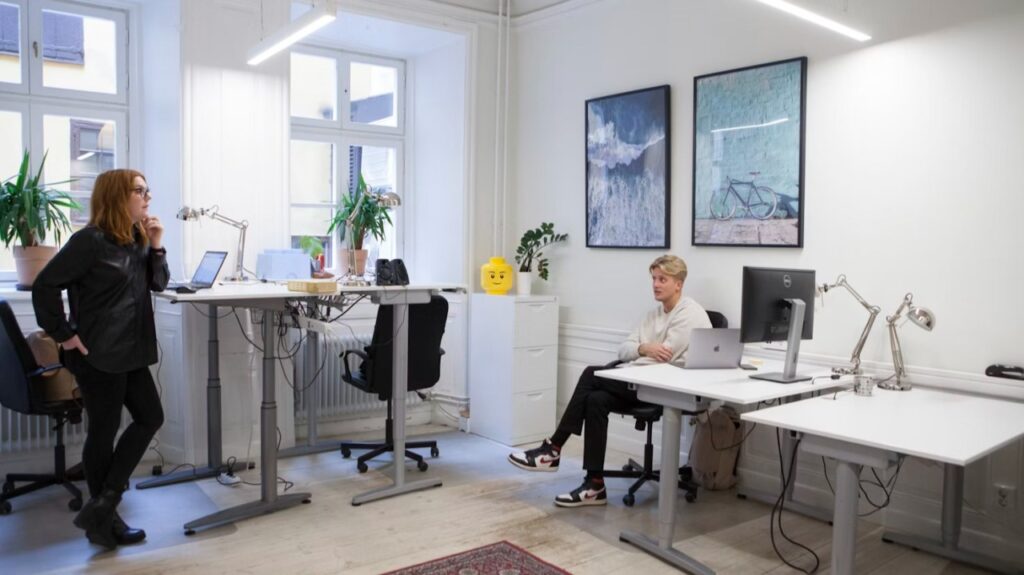
As we transition into the hybrid work era, where employees split their time between working from home and the office, it is essential to create spaces that cater to the needs of this new way of working. Designing workspaces that balance the comfort and convenience of home life with the productivity and professionalism of the office environment is key to ensuring a seamless transition for employees. In this article, we will explore some tips and strategies for designing spaces that meet the demands of the hybrid work era.
Designing for the Hybrid Work Era:
In the hybrid work era, flexibility is key. Employees need spaces that can easily transition from a home setting to an office setting and back again. This means incorporating elements that allow for a seamless shift in environment, such as adjustable furniture, versatile lighting options, and ample storage solutions. By creating spaces that can adapt to the changing needs of employees, designers can help support productivity and well-being.
One of the key considerations when designing for the hybrid work era is creating a sense of balance. Balancing the comforts of home with the functionality of the office is crucial for ensuring that employees feel at ease and motivated in their workspaces. This can be achieved by incorporating elements such as comfortable seating, natural lighting, and personal touches that make the space feel inviting and personalized.
Another important aspect of designing for the hybrid work era is creating spaces that promote collaboration and communication. Even when employees are working remotely, it is essential to provide opportunities for teamwork and interaction. This can be done by incorporating shared work areas, virtual meeting spaces, and collaborative tools that allow employees to connect and collaborate effectively, no matter where they are working from.
Designing for the hybrid work era also involves addressing the technology needs of employees. With more people working remotely, it is essential to provide access to the tools and resources that enable them to do their jobs effectively. This can include technology hubs, charging stations, and seamless connectivity options that allow employees to stay connected and productive throughout the day.
In conclusion, designing for the hybrid work era requires a thoughtful and strategic approach. By creating spaces that balance home comforts with office functionality, promote collaboration and communication, and address the technology needs of employees, designers can help support productivity, well-being, and success in the new era of hybrid work.
